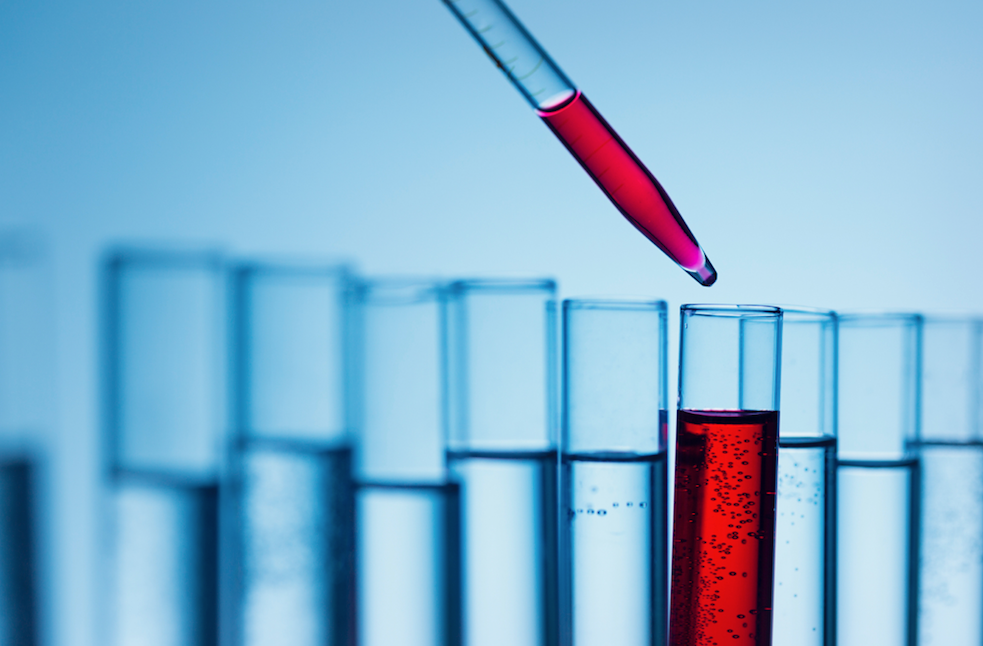- Bone Health
- Immunology
- Hematology
- Respiratory
- Dermatology
- Diabetes
- Gastroenterology
- Neurology
- Oncology
- Ophthalmology
- Rare Disease
- Rheumatology
BioRationality—A DMF Route to Biosimilars: CDMOs Can Make Biosimilars Accessible and Affordable
Sarfaraz K. Niazi, PhD, chronicles how drug master files (DMF) can be used in the biosimilar approval process and the role contract development and manufacturing organizations (CDMOs) can play in improving biosimilar accessibility.
Image credit: fotofabrika - stock.adobe.com

While regulatory approval paths for the approval of biosimilars are becoming less stringent, based on the accumulated scientific knowledge and the responsibility of the regulatory agencies to ensure that there is no abuse of humans in the testing of biosimilars, I anticipated that, like the United Kingdom’s Medicines and Healthcare products Regulatory Agency, the FDA and European Medicines Agency (EMA) will come to agree—in clear terms—that efficacy testing in patients is not expected. I anticipate a deluge of biosimilar developers to make regulatory filings, but only if they can afford to establish compliance manufacturing.
There is one window that is open but rarely exploited is the supply of the biological drug substance by a third party, in the same model as widely used in the development of generic drugs. The FDA allows it but with a difference: “Although FDA’s approach to the use of master files in BLAs under the PHS Act [Public Health Service Act] largely parallels its approach to the use of DMFs [Drug Master Files] in applications under the [Federal Food, Drug, and Cosmetics Act], there is a significant difference: a BLA [biologics license application] holder is generally expected to have knowledge of and control over the manufacturing process for the biological product for which it has a license.”
For BLAs under the PHS Act, the FDA has, as a scientific matter, generally not permitted applicants to incorporate information about drug substance, drug substance intermediate, or drug product by reference to a master file; instead, FDA expects typically such information to be submitted directly within the BLA.
The process of submitting a DMF containing information intended for use by applications for biological products is identical to what is used for chemical generic drugs. You may also use these templates, and more information can be obtained by emailing cberrims@fda.hhs.gov.
The primary cost of establishing a biosimilar manufacturing facility is the upstream manufacturing that starts from the cell line selection to manufacturing system validation, demonstration of analytical similarity, and finally, manufacturing a Good Manufacturing Practice clinical lot at a commercial scale. The fill-and-finish part that comes next is also important since it can affect the process-related quality attributes. Still, this testing burden is readily outsourced to the same Contract Development and Manufacturing Organization (CDMO) providing the development solutions (DS).
The concept of a CDMO becoming an active pharmaceutical ingredient supplier is not new, though it has never been applied to biological drug substances. The top 10 CDMOs have multi-billion-dollar revenues and can readily establish FDA or EMA-acceptable DS. The licensing agreements will be no different, except they will include assurance that should the DS process be changed, the CDMO will conduct the equivalence testing under the Q5E protocol. The commercial advantage to CDMOs will be a product lifeline of income much more than if they license out exclusively to one client.
Another advantage to CDMOs is that they can supply dozens of biological DS substances just as soon as their exclusivity expires, helping fill the pipeline that would otherwise not be possible by integrated developers regardless of their resources and capacity.
The biosimilar developers can further outsource the fill and finish part of the product, leading to a possibility of a biosimilar developer not investing in a manufacturing facility. This will allow dozens of developers to enter the market with the advantage that the CDMOs will be subject to competition, giving them the best DS prices from global sources.
Biosimilars can only be made accessible if enhanced competition is not coming if the current product development model is exercised. Today, all biosimilars licensed in the US are held by large or well-funded companies. It is about time that smaller and medium-sized companies with modest budgets should be able to compete with them. A new vision by the CDMOs can fill this gap in the supply chain.
Most CDMOs will be concerned with the liability as a DS supplier, but this can be resolved by creating a corporate shield of a DMF supplier. They will also need to expand their expertise in the regulatory area. Still, once their DS has been approved for one product, this will open the doors to multiple clients globally, a possibility that is most exciting in ensuring the supply of safe and effective biosimilars worldwide.
Newsletter
Where clinical, regulatory, and economic perspectives converge—sign up for Center for Biosimilars® emails to get expert insights on emerging treatment paradigms, biosimilar policy, and real-world outcomes that shape patient care.
